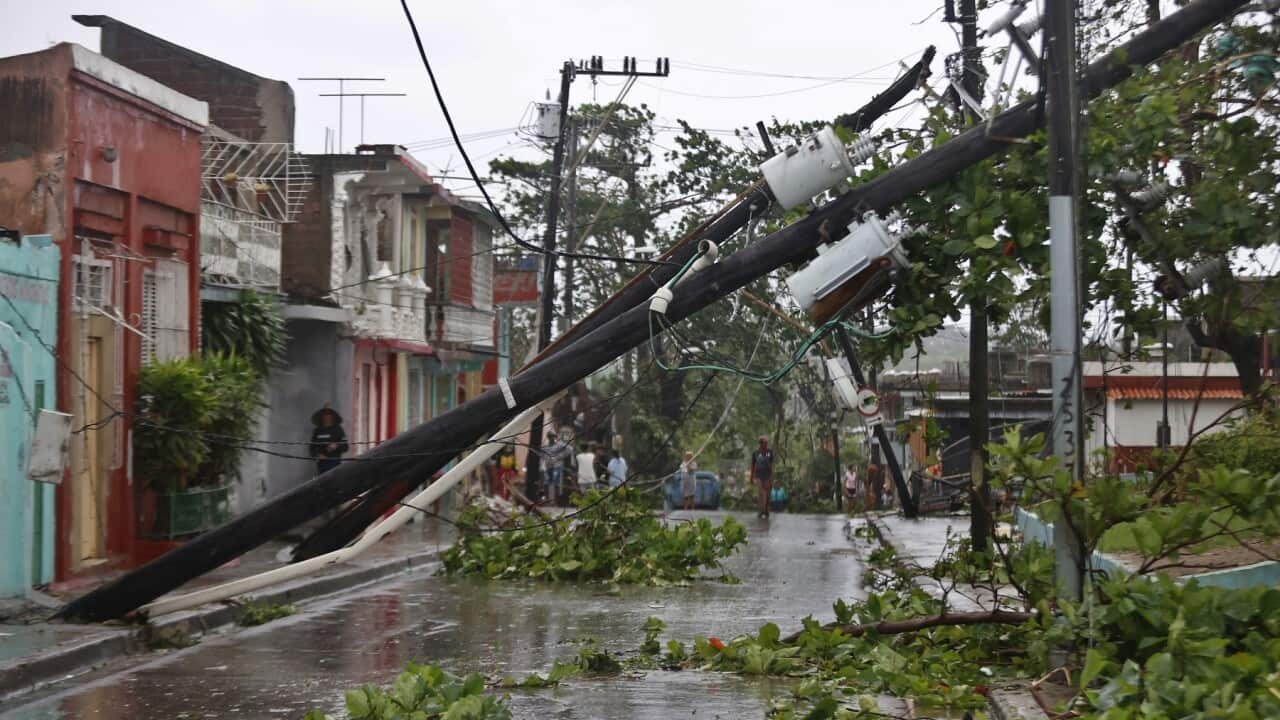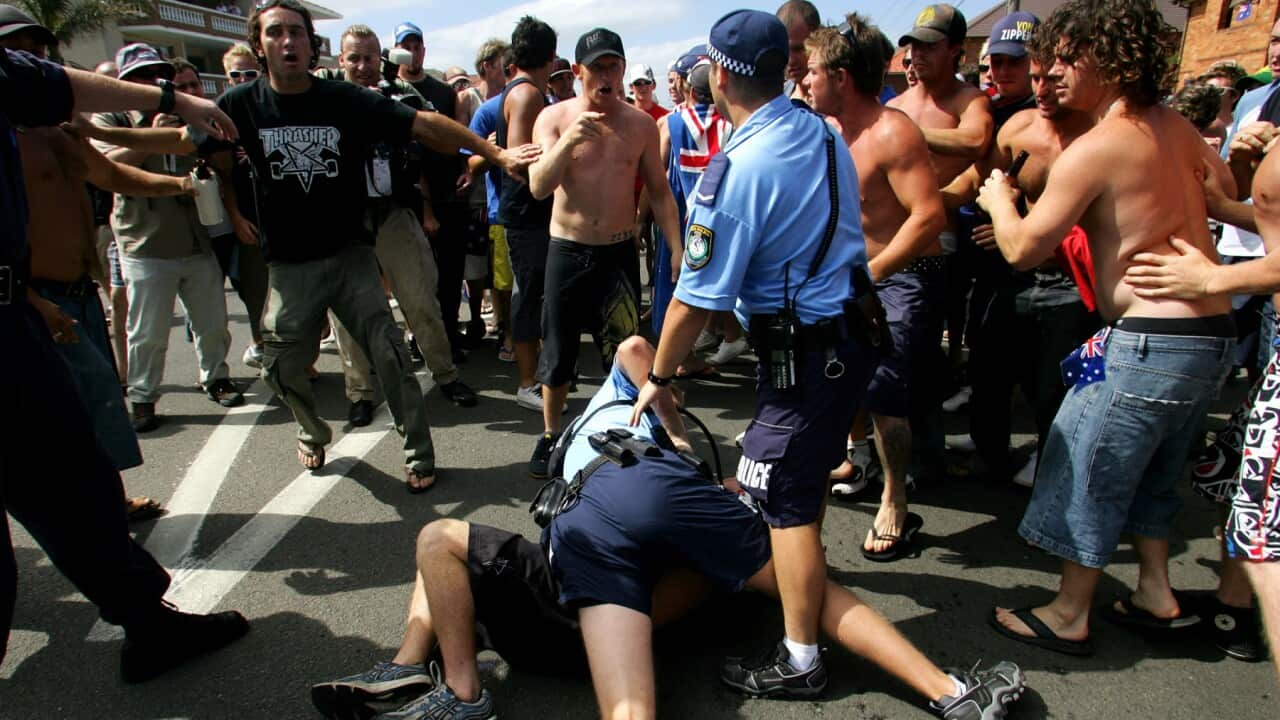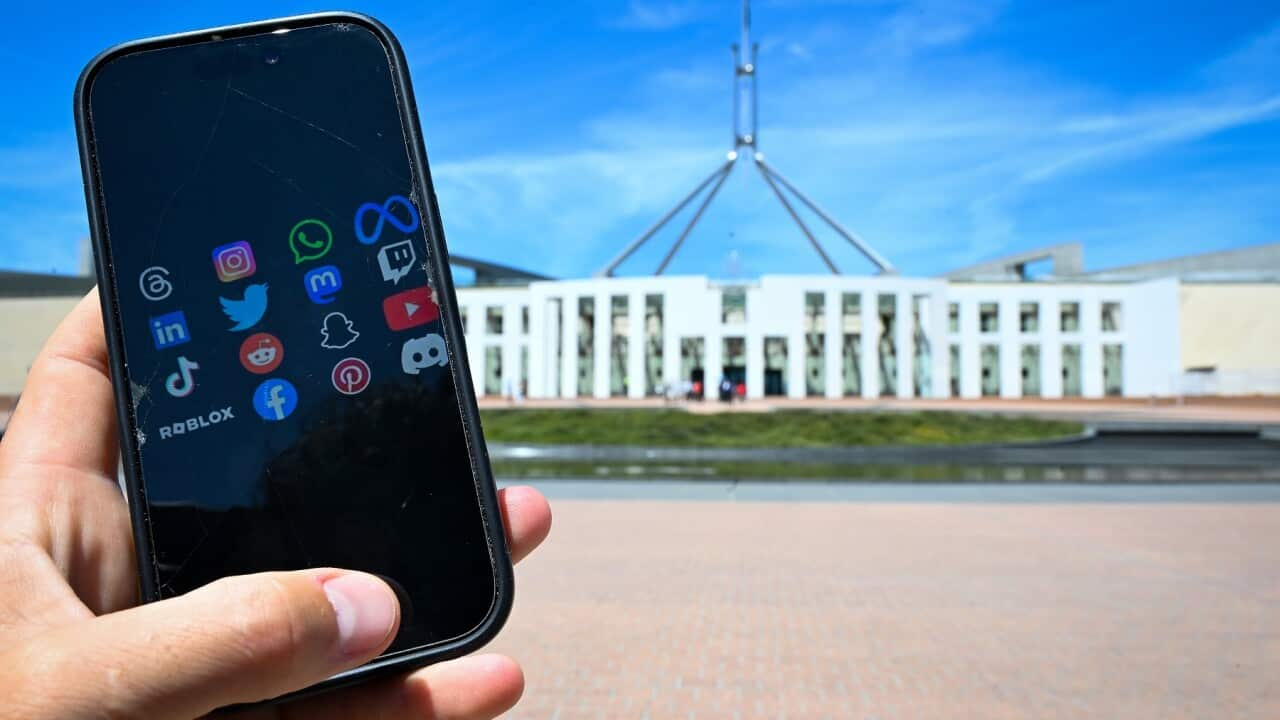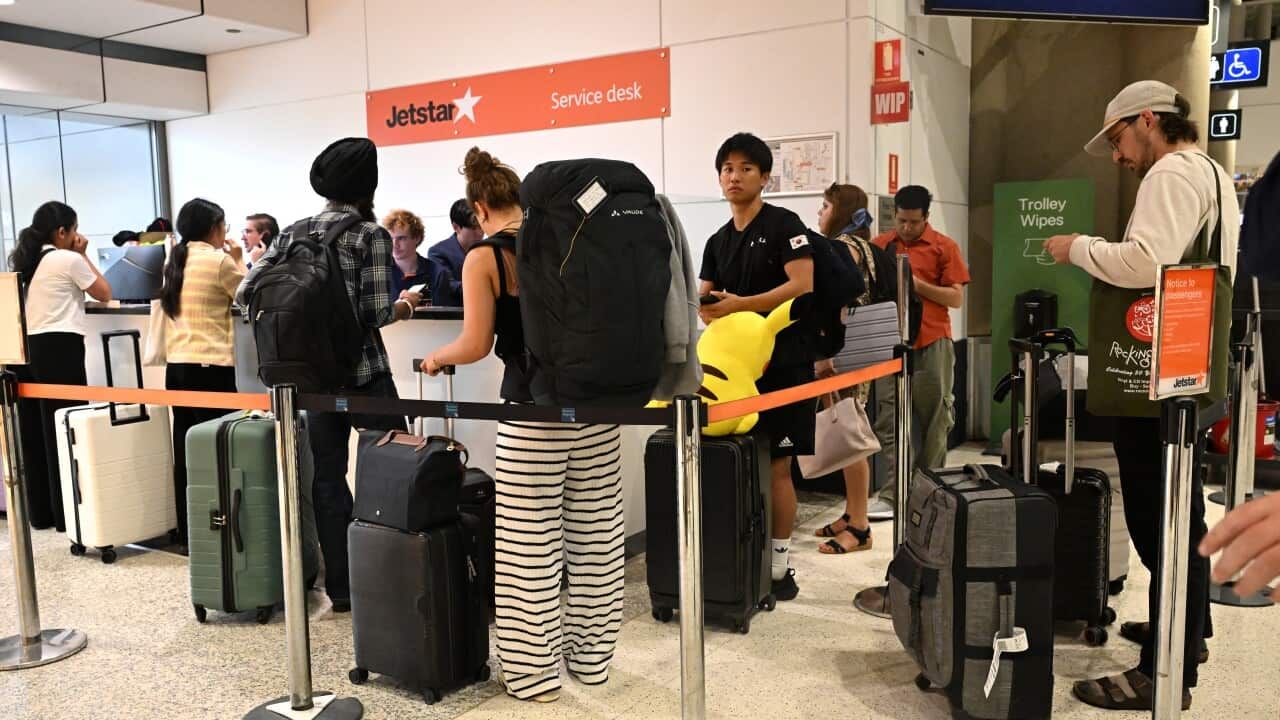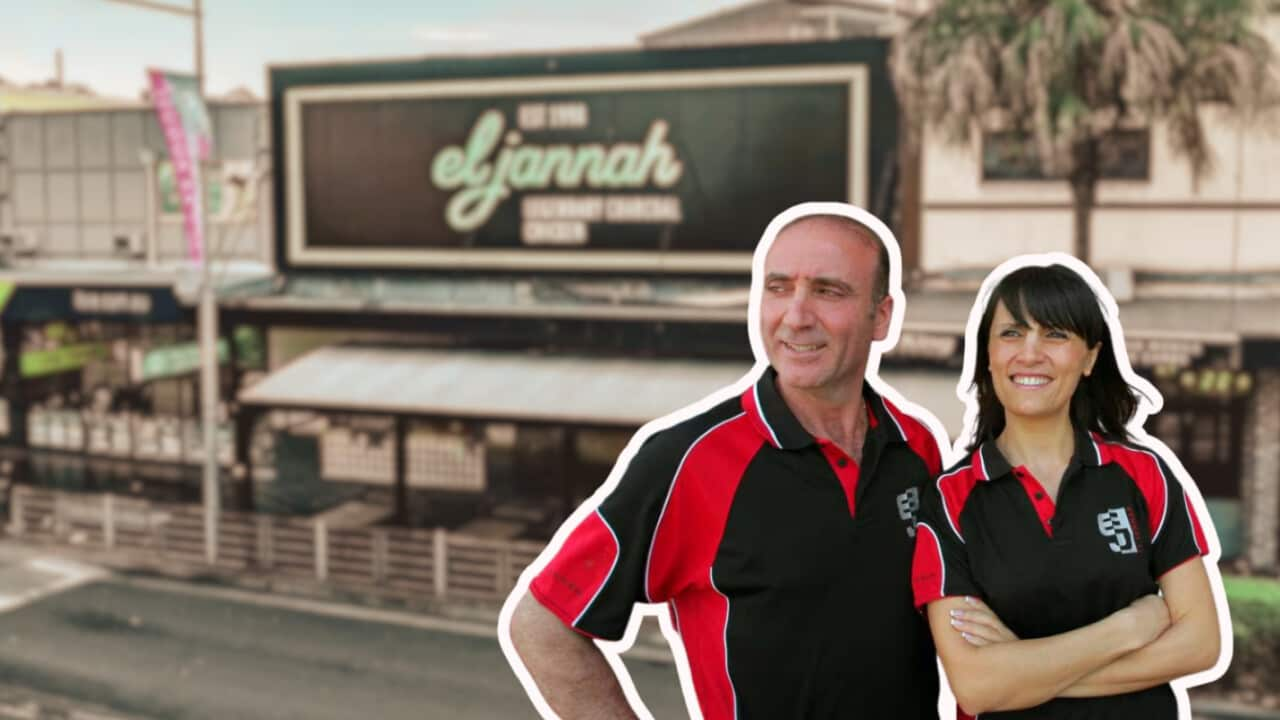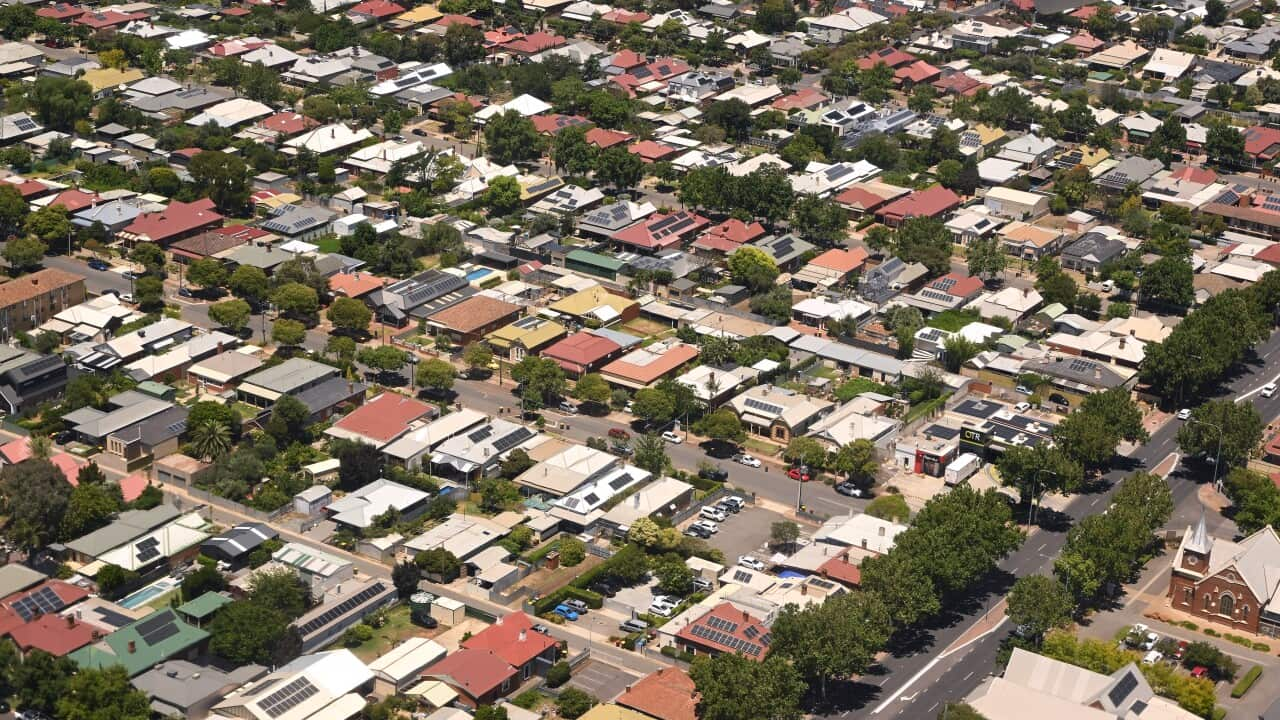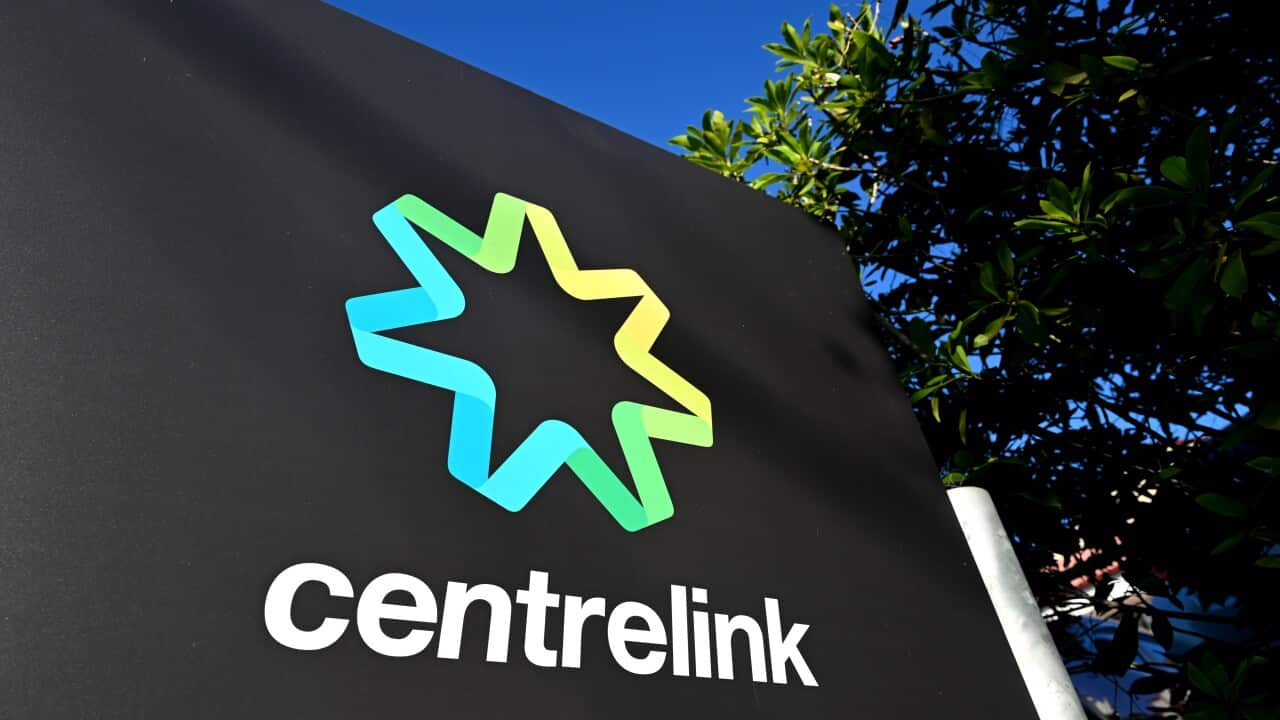TRANSCRIPT
Hurricane Melissa first made landfall as a Category 5 storm with sustained winds of around 295 kilometres per hour, the strongest ever recorded on the island of Jamaica.
The storm brought catastrophic flooding, storm surge, and landslides.
Gabrielle, a 31-year-old from the Catherine Hall neighbourhood of Montego Bay, recalls her horror in the midst of the hurricane.
"Yesterday was horrible, horrific, terrifying, the worst day of my entire life, the worst experience of my entire life. To see my place being flooded out, it was terrifying for me and my child. The water level reached me to my waist. I was stuck in my house. They had to break into my home to save me."
Infrastructure collapsed in parishes like St Elizabeth, and roughly 77 per cent of electricity customers were left without power.
The National Works Agency says bridges and roads across the southern coast remain impassable, while emergency crews are struggling to reach isolated communities.
Thirty-three-year-old Sasha Hamilton says her home was flooded.
"Yesterday was absolutely catastrophic and life-threatening. We were totally inundated. The entire ground floors of all the houses in Catherine Hall and West Green have been flooded. Major asset loss to vehicles, furniture. We had to do rescue. Right now I have three children in my home that we rescued. We had to give them shelter, food and clothing and everything. And we had to rescue like people and stuff like that. And we are literally desperate for some help at this point."
Jamaica’s Prime Minister Andrew Holness has declared a state of emergency in several parishes, describing the storm as the most powerful natural disaster in living memory.
He says the Jamaica Defence Force has been deployed to assist with rescue and recovery.
Meteorologists say Melissa’s explosive strength was driven by unusually warm Caribbean waters and slow movement, which allowed it to gather energy over several days, a pattern increasingly linked to climate change.
But it wasn't done yet - after ravaging Jamaica, Melissa struck eastern Cuba, but by then it had weakened to a Category 3 storm, with sustained winds of about 195 kilometres per hour.
Still, Cuban authorities have reported at least 735,000 people were evacuated from vulnerable areas ahead of landfall.
Santiago de Cuba resident Mario Arias says residents are surveying the wreckage, which includes fallen trees, power lines down, and roofs torn apart.
"We were very shocked and apprehensive, but it passed. There was a lot of wind, a lot of rain, this area was flooded - where you see now, the water reached almost knee-high. But the structures held up well because we prepared with plenty of time."
Antonio Correso’s home also suffered severe damage.
"The impact was brutal. First, there was a strange calm, then suddenly it roared like a wild beast. I had to run for cover, there was nothing I could do. The roof was completely torn off, even though it was well-secured."
The storm’s trajectory is now pushing toward the Bahamas and possibly Bermuda, though forecasters at the US National Hurricane Center expect further weakening.
They're warning of life-threatening flash floods and landslides, especially in mountainous terrain.
But at least 27 people are already confirmed dead across Jamaica, Haiti, and Cuba, with early estimates suggesting hundreds of millions of dollars in damage.
The UN's Resident Coordinator in Jamaica, Dennis Zulu, says the cleanup will be extensive.
"From what we know thus far, there's been tremendous unprecedented devastation of infrastructure, of property, roads, network, connectivity, energy has been lost across its path. What we are seeing in preliminary assessments is a country that's been devastated to levels never seen before."
As the Caribbean counts its losses, airports remain closed, telecommunications patchy, and recovery efforts hampered by flooding.
The Atlantic hurricane season still has weeks to run, and forecasters warn Melissa may not be the last major storm this year.
Meanwhile, Dennis Zulu says relief efforts are already being mobilised from hubs in Barbados and Trinidad and Tobago, with assistance from the World Food Programme, UNICEF, and CARICOM [[Caribbean Community]] states.
"And immediately some of the action that will be taken is really around life support initiatives or life sustaining initiatives, making available water, food and other resources that are needed by the people who have been affected. We are also working with government to provide and support the shipment of vital supplies from our hubs in Barbados, so there's quite a lot of work going around shipping supplies from Barbados as well as shipping into the country as special, several specialists who might be needed to support the response effort."
